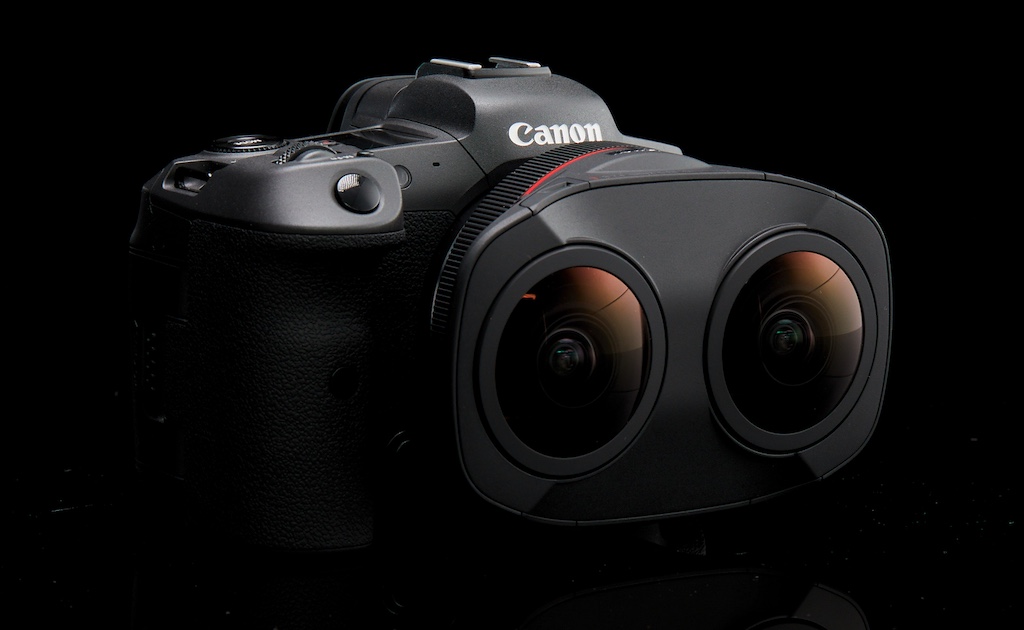
Canon unveiled some new products and tech at CES centred on cameras and imaging features capable of capturing photos and video differently.
All these announcements are less product-heavy and more focused on experiences. Even so, they point to Canon’s attempts to create content or collaborate in simpler ways. Some of it is still conceptual, whereas other parts are either already available or coming soon.
A dual fisheye lens for better VR capture
Prior to CES, Canon released one of the more unusual lenses you’ll ever see. The EOS RF5.2mm f/2.8 L Dual Fisheye Lens gives you two lenses in one, letting you capture stereoscopic 3D content in 180-degrees. It works with Canon’s EOS R5 camera and be a big part of the company’s EOS VR system. That includes the EOS VR Utility software that converts footage to edit in Adobe Premiere Pro and other compatible programs.
You can still shoot traditional photos and video with this lens, and given its wider aperture, should perform well in low-light conditions. Given what else Canon has in mind (read below), this camera and system will play a bigger role going forward. Look for it to expand availability for this lens as the year goes on.
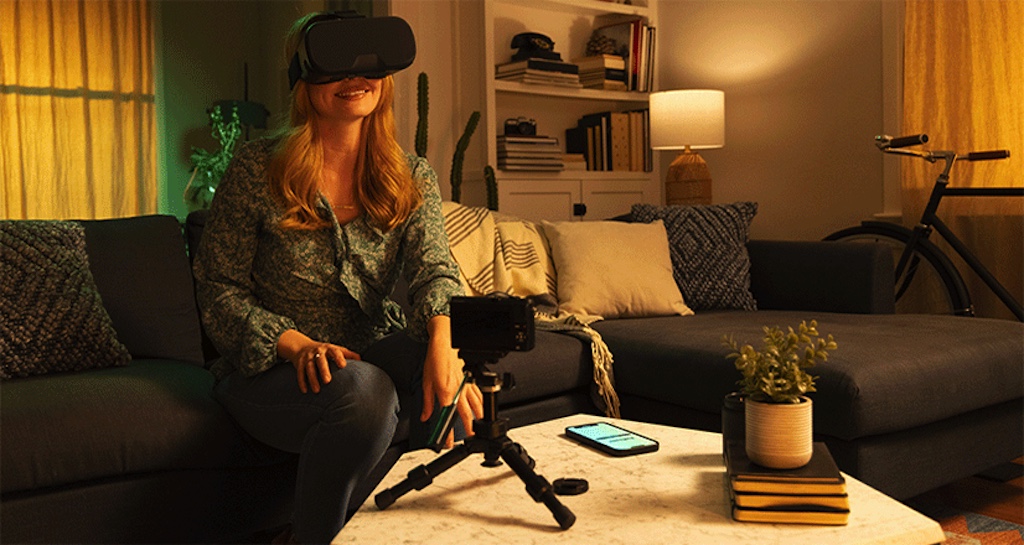
Canon’s ‘Kokomo’ software
This is one of the more intriguing things I’ve come across from the show. Canon’s Kokomo is a “first-of-its-kind VR platform” that will use the company’s cameras and smartphones to produce video calls fusing real life with virtual reality.
Here’s the gist of how it will presumably work: Each person in the call sets up a Canon camera facing themselves to capture video. A smartphone would send that feed to whomever is on said call. Wear a compatible VR headset and participants appear in that virtual space. The key to this is that everyone appears as they are. No avatars, no digital recreations, no cartoons. Another stack to all this prepares and renders a background environment in 3D. That basically means you could theoretically talk to someone in VR with some exotic locale all around you. What’s not clear is how Canon gets around the fact the headsets will obscure participants’ eyes.
Canon says the concept is still “in development” and that it was borne out of the isolation many have felt over the last two years. Details are otherwise scant right now. We don’t know which cameras Canon will ultimately include to support this, nor which phones will or won’t be compatible. The company also didn’t provide a timeline on when it might release this, though it confirmed plans to launch it to consumers. There’s also a live demo at the Canon booth on the CES show floor.
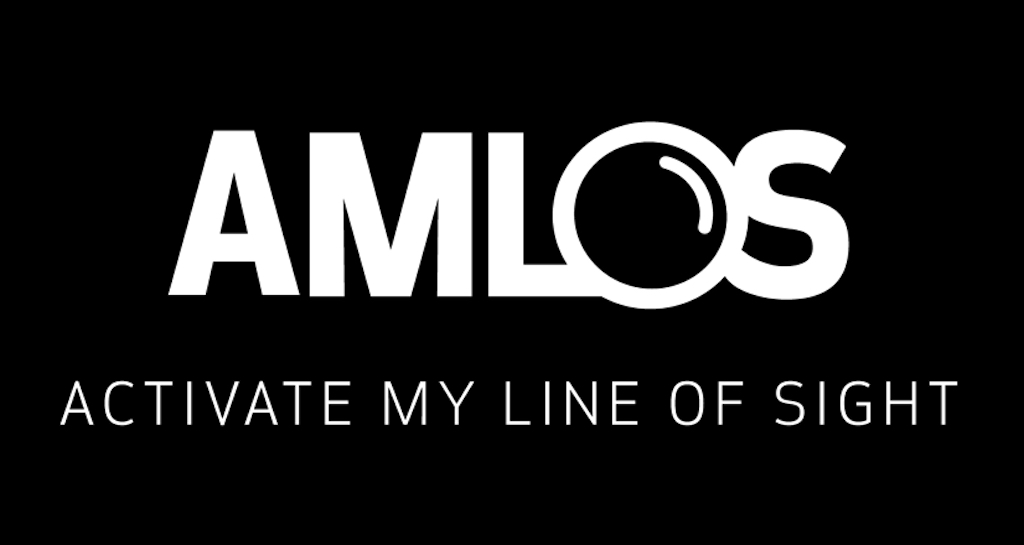
The ‘Activate My Line of Sight’ system
The AMLOS system is a desktop camera designed for interactive virtual meetings. The idea is to integrate gesture controls with multiple focus points through software like Microsoft Teams.
Canon cited an example of in-office presenters who could gesture to guide the camera’s focus. In this scenario, they could share enhanced high-resolution images from the room, while those in the meeting could customize their view by switching what they wanted to focus on, be it the speaker, whiteboard, presentation screen, or some other item in the physical room itself.
It got the attention of actor and producer Joseph Gordon-Levitt, who will collaborate with Canon on this. His HitRecord brand is an online space for creatives to collaborate on projects. To showcase what AMLOS could do, HitRecord is attempting to produce an animated short from scratch using Canon’s platform that will eventually come out sometime soon after the show.
Canon will release this to everyone sometime in the first half of 2022. Currently, the company lists the CR-N300 and CR-N500 PTZ cameras for compability, which it says capture the image quality and image-processing power and speed to see detailed visuals within this system.
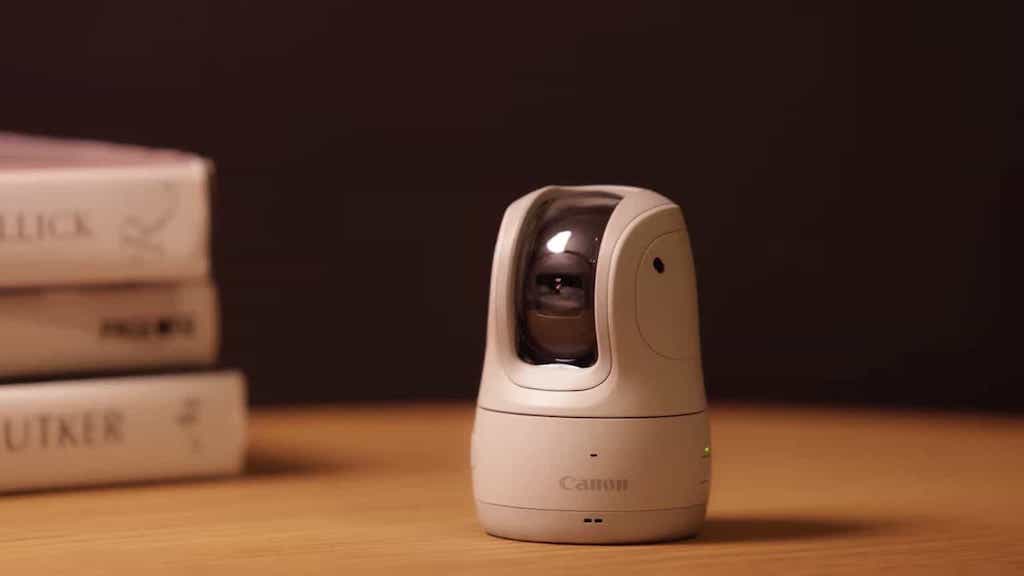
Active tracking with the PowerShot Pick
This camera isn’t entirely new because Canon actually started it from a crowdfunding initiative. And it won’t be available to everyone else until Canon actually confirms a timeframe. Either way, the PowerShot Pick is a standalone camera that tracks anyone in front of it and pans, zooms or tilts to keep them in focus through small motors inside. It can recognize up to 12 people and remember them for future shoots, too.
The Pick also responds to voice commands, where you can tell it when to take a photo, record video and change subjects. It works with an app to customize settings and control some of its functionality. It pans 170-degrees in both directions and tilts 110-degrees with a 12-megapixel image sensor and f/2.8 aperture. Expect to hear more about this device as the year goes on.
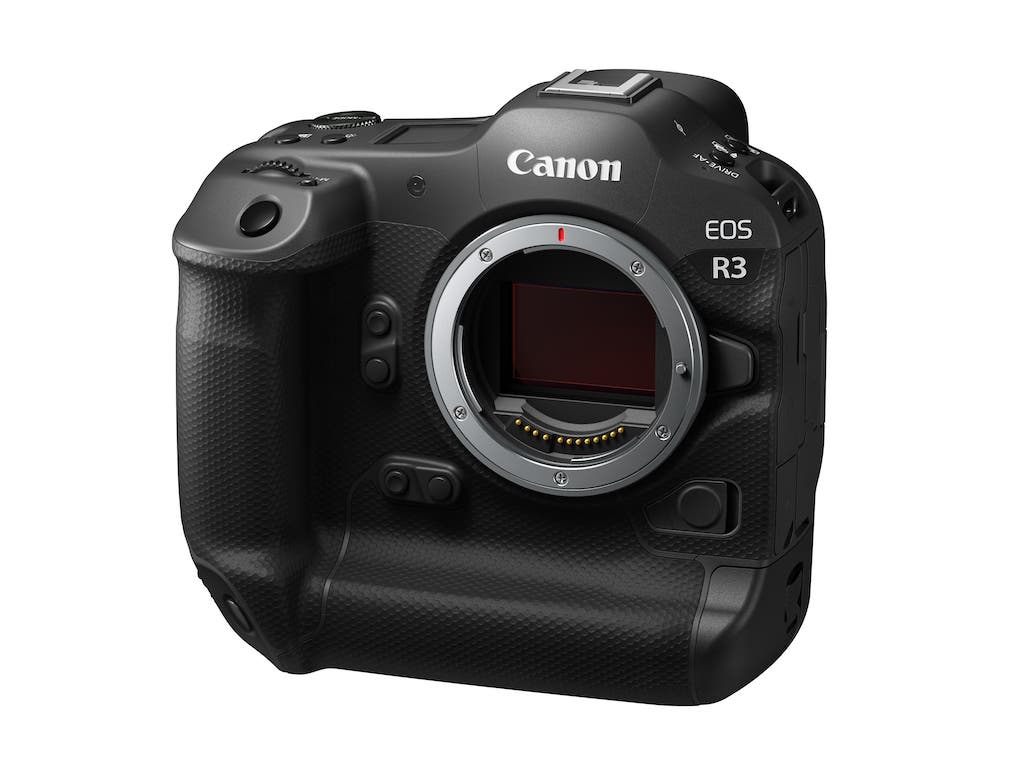
Shooting with the EOS R3
Canon previously released the EOS R3, which it made for sports, wildlife and photojournalism. It’s a high-end mirrorless camera with a 24-megapixel CMOS sensor that can shoot at 30fps, and up to 14-bit RAW. It brings back the company’s Eye Control autofocus, plus a faster sensor to enable better results in action scenarios. The camera uses the RF mount, so you can use any compatible lens.
Check out the latest cameras available, including what Canon currently has to offer right now.



